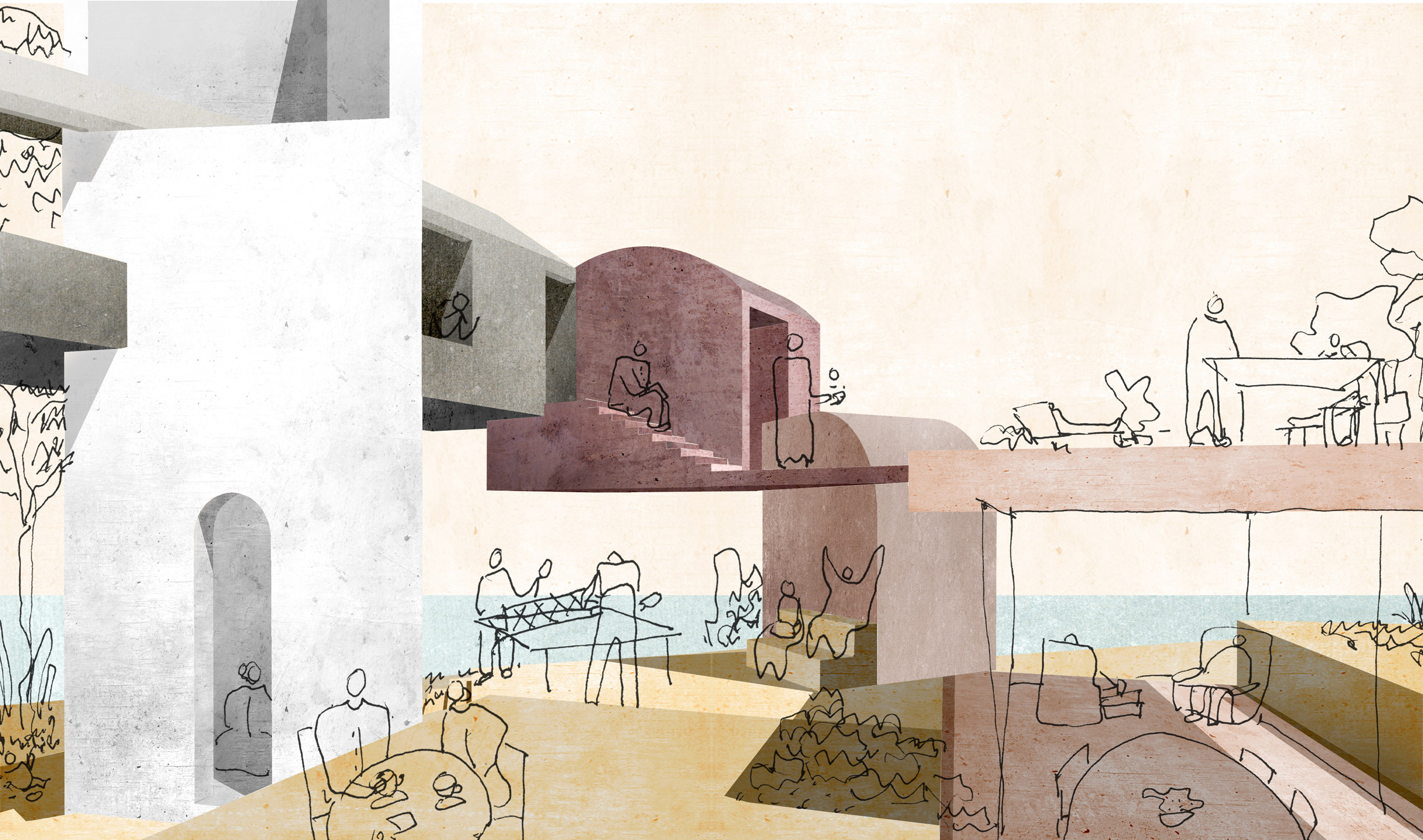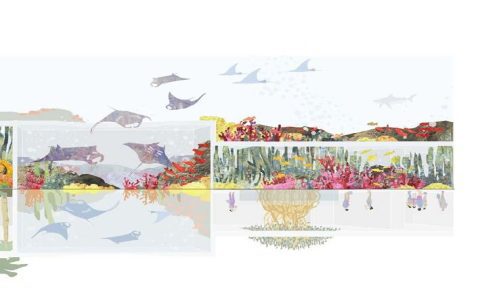Tatiana Bilbao's distinctive collage technique is a fundamental part of her architectural design process, extending beyond mere visual representation to actively shaping and communicating crucial design principles. Its importance lies in several key areas:
Conceptualizing Complex Spatial Relationships
Bilbao's collages often start early in the design phase. By physically arranging and layering fragments of sketches, photographs, textures, and patterns:
- They reveal the interplay between proposed buildings and the existing site context – topography, climate, surrounding structures, and cultural cues.
- They test spatial adjacencies and programmatic overlaps intuitively, visualizing how different functions and volumes relate within a complex whole.
- They establish initial atmospheres and material palettes through the combination of disparate tactile elements, grounding abstract ideas in tangible qualities.
Democratizing Architectural Communication
Unlike highly technical drawings or sophisticated digital renders:

- Collages are inherently accessible. They present ideas in a visually immediate and less intimidating way, comprehensible to clients, community stakeholders, and collaborators without specialized architectural training.
- They foster dialogue. Their tangible, interpretable nature invites participation and feedback, making architectural visions more open to collective input and understanding.
- They prioritize essence over precision. The focus shifts to core concepts – relationship to landscape, community connection, experiential quality – rather than technical details.
Embracing Iteration & Material Experimentation
The collage process itself is deeply valuable:
- It encourages rapid, tangible iteration. Ideas can be quickly assembled, deconstructed, reassembled, and modified physically, facilitating an agile design exploration.
- It serves as a bridge between drawing and building. Using actual material samples and textures embeds a sense of physicality and craft from the outset, influencing later material choices and tectonic expression.
- It retains the "hand-made" impulse. In an era dominated by digital tools, the collage maintains a connection to the architect's intuitive, tactile decision-making and the inherent possibilities found within material fragments.
Bilbao's collages are therefore not just presentation pieces, but essential instruments for spatial thinking, inclusive communication, and grounding architecture in physicality and context – pivotal to her socially engaged and contextually responsive approach.





